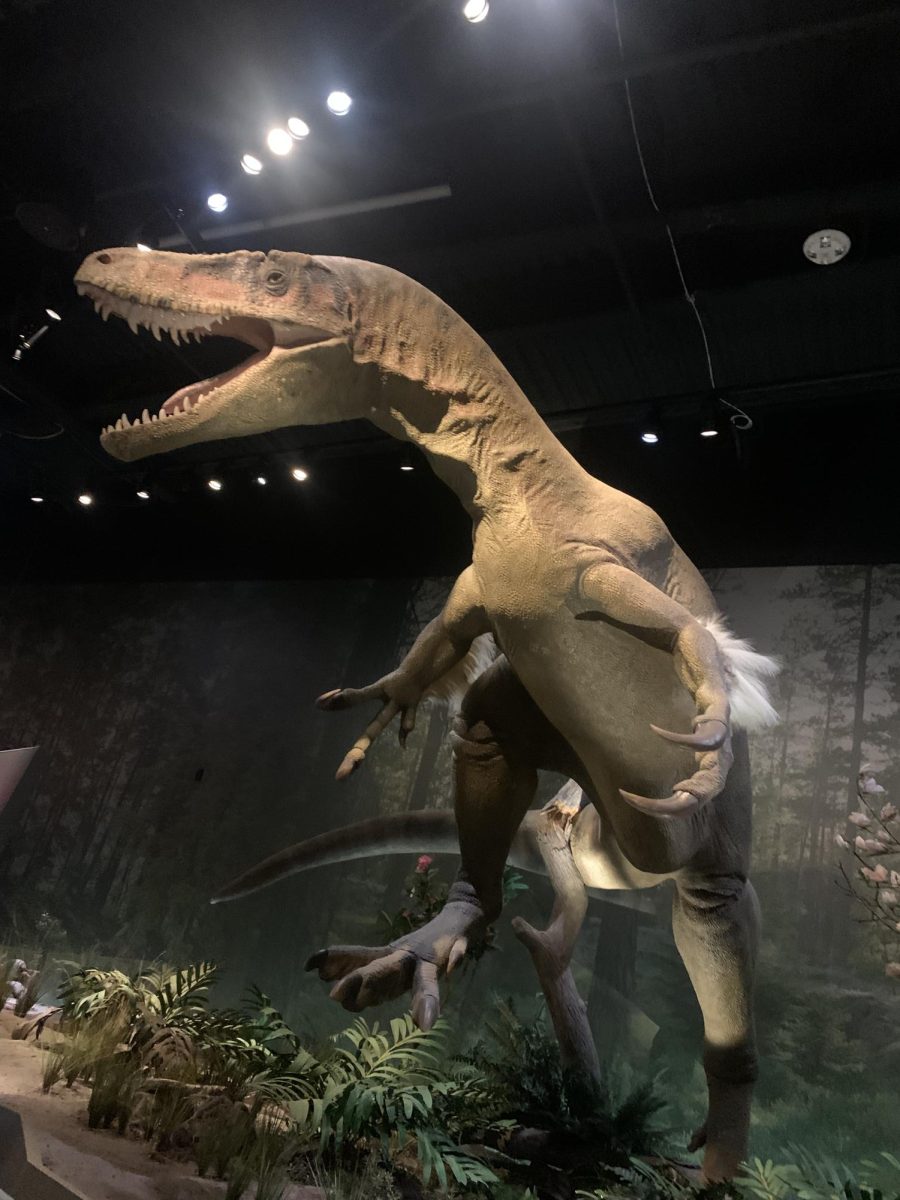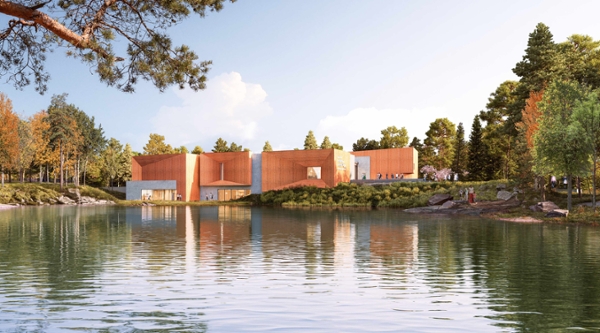How much do you know about South Jersey’s dinosaur-laden past? Thanks to Rowan’s new Fossil Park Museum, you will be able to learn so much more.
Groundbreak for the museum began on Oct. 9 in Mantua Township. The museum will be set into the 65-acre Edelman Fossil Park, resting above a four-acre marl pit where land and marine life roamed 66 million years ago.
Research of the site is being led by Dr. Kenneth Lacovara, founding dean of Rowan’s School of Earth & Environment and now director of the Jean & Ric Edelman Fossil Park. This will give insight into Earth’s fifth mass extinction, which left dinosaurs and 75% of other species at the time extinct.
“We are building a museum like no other, on a fossil site of global importance that will connect visitors to the ancient past, to the thrill of discovery and to Rowan University,” Lacovara said before the groundbreaking.
The lobby is set to contain reconstructed skeletons of the monstrous reptiles that ruled the coastline, right where guests will be standing. Galleries will focus on the Late Cretaceous era and the creatures that resided in the Fossil Park so many millions of years ago.
Exhibits will include a recreation of the first discovered tyrannosaur, the dryptosaurus, which was found a mere mile from the Fossil Park in 1886. Paleo sculptor Gary Stabb will be producing dozens of creatures in the Hall of Cretaceous Seas. There will also be a Hall of Extinction & Hope, where visitors can learn more about the environmental changes that caused the dinosaurs’ extinction and how we are now taking action to control those changes.
Discovery forest will offer a hands-on learning experience, while Critter Cove will feature animals with genetic connections to the Fossil Park site during the Late Cretaceous period. We will also see a virtual reality chamber, nature trails, themed playgrounds and a Fossil Research Workshop.
Rowan purchased the site from the Inversand Company in 2015, and, soon after, alumni Ric & Jean Edelman gave $25 million dollars for the development of new scientific, undergraduate and “citizen science” research opportunities. Before the COVID-19 pandemic became prominent in the United States, thousands of individuals, ranging from curious children to community leaders, visited the park each year.
“The look back into the distant past is not merely for intellectual curiosity. It’s to remind us of who we are, where we have the potential to go and who we have the potential to become,” Ric Edelman said.
Only a few hundred yards of the site have been processed, but over 50,000 fossils have already been found in that small area.
Prior to the museum’s construction, a study of the economic impact of the park predicted that approximately 200,000 fossil hunters will visit the park each year, producing over $300 million dollars during a 10-year period.
“The impact this project will have on our region cannot be overstated,” said Rowan University President Ali A. Houshmand. “From educational and research opportunities to jobs and tourism, every dollar spent developing the fossil park and museum will return to the community many times over.”
In addition to its educational and economical importance, the museum will be eco-friendly and eco-helpful. All of the energy used will come from renewable sources found onsite, or energy through New Jersey’s power grid, making the building itself New Jersey’s largest public net-zero building.
Jean & Ric Edelman Fossil Park Museum is set to open in Mantua Township — only about five miles from Rowan University — in spring 2023, and all the information we have suggests that it will be well worth the wait.
For questions/comments about this story email [email protected] or tweet @TheWhitOnline.

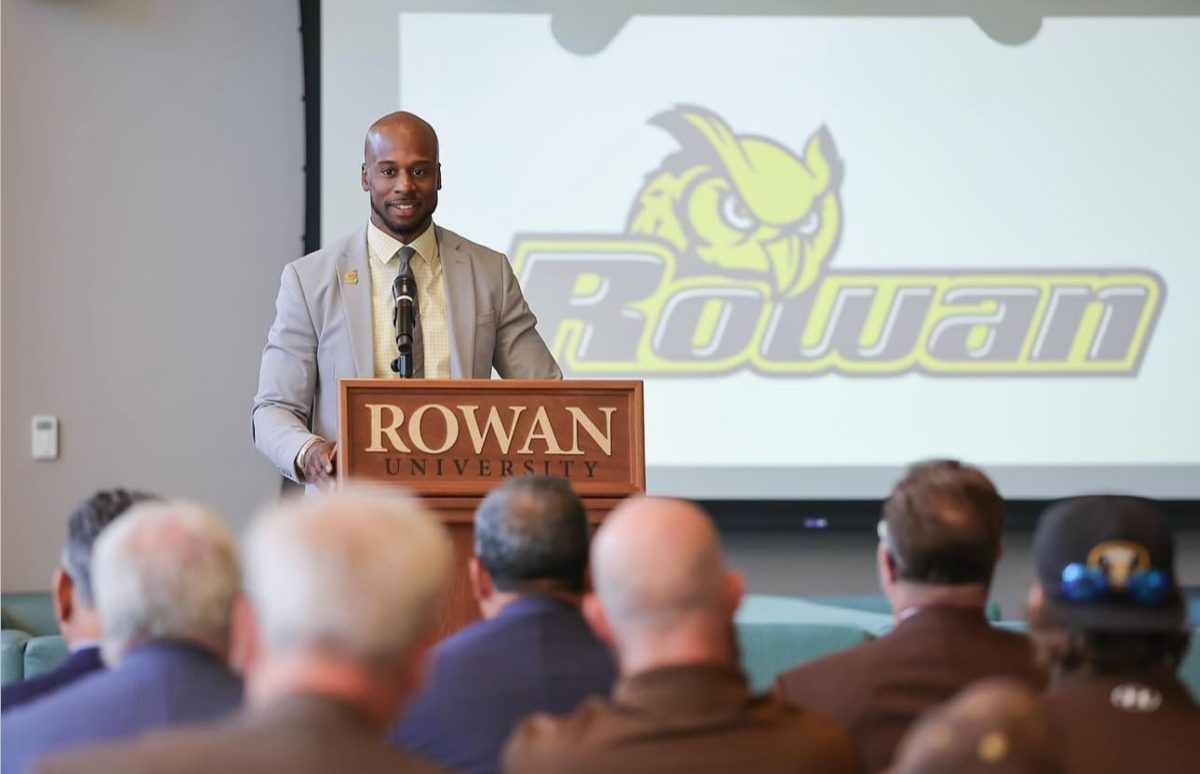

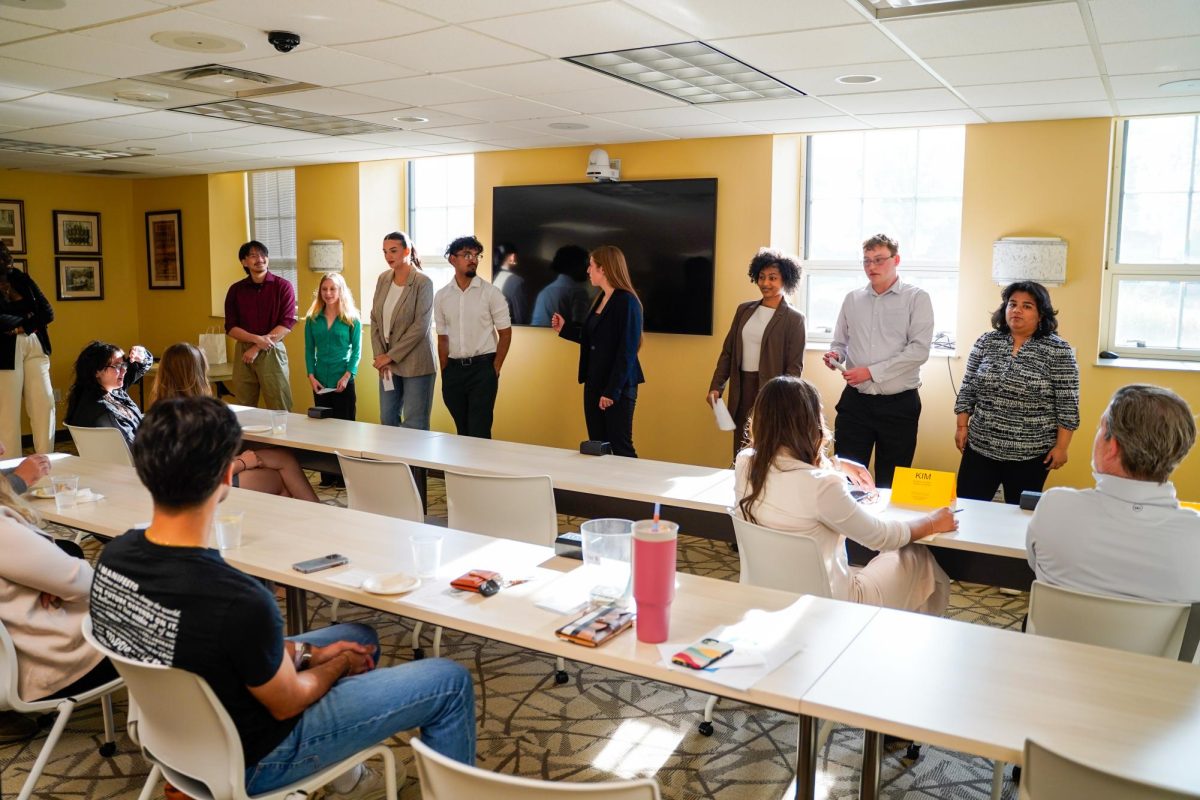
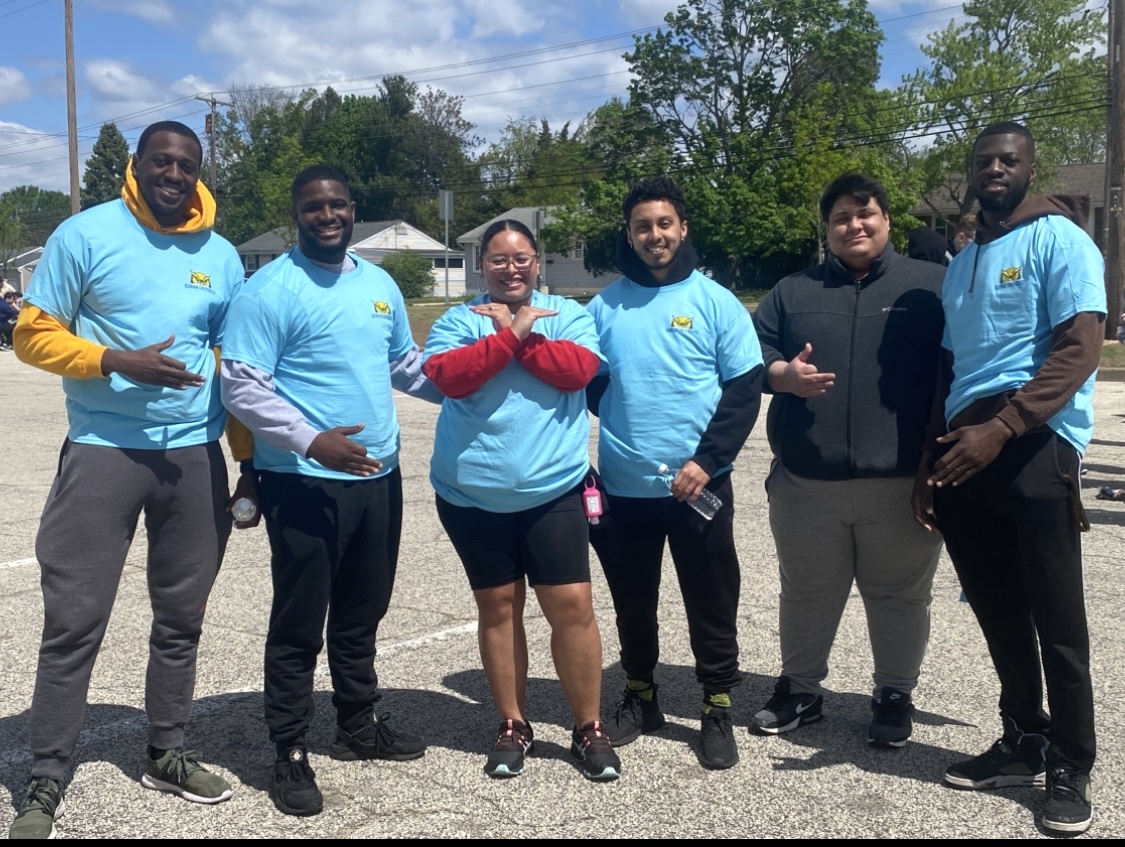















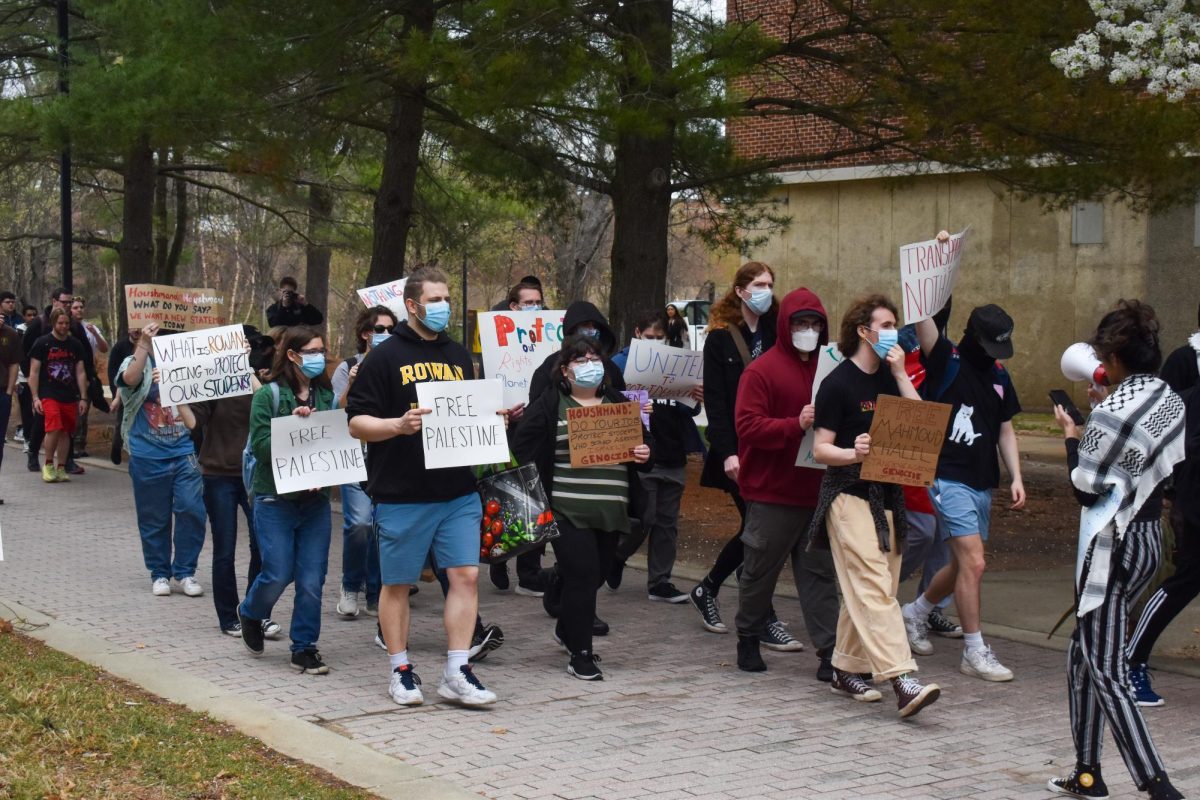











































































































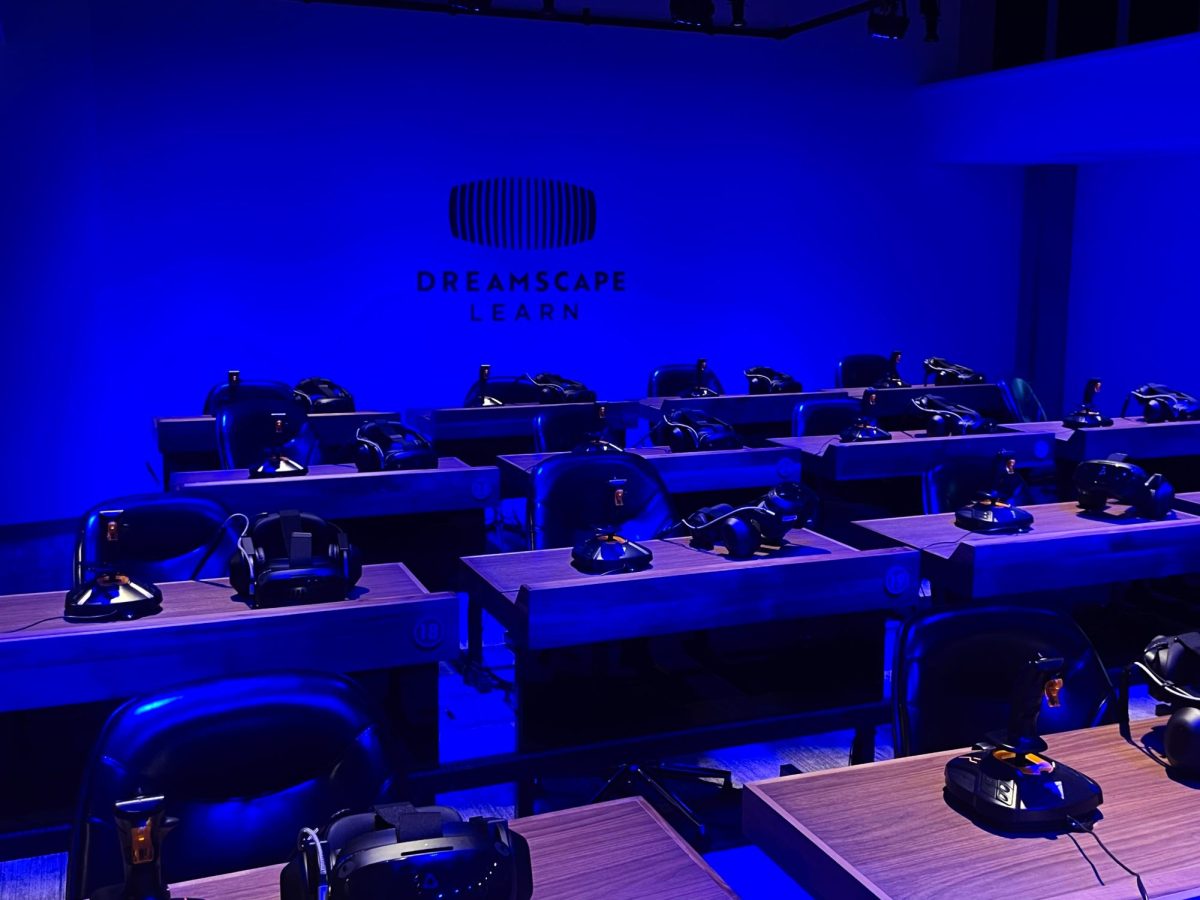
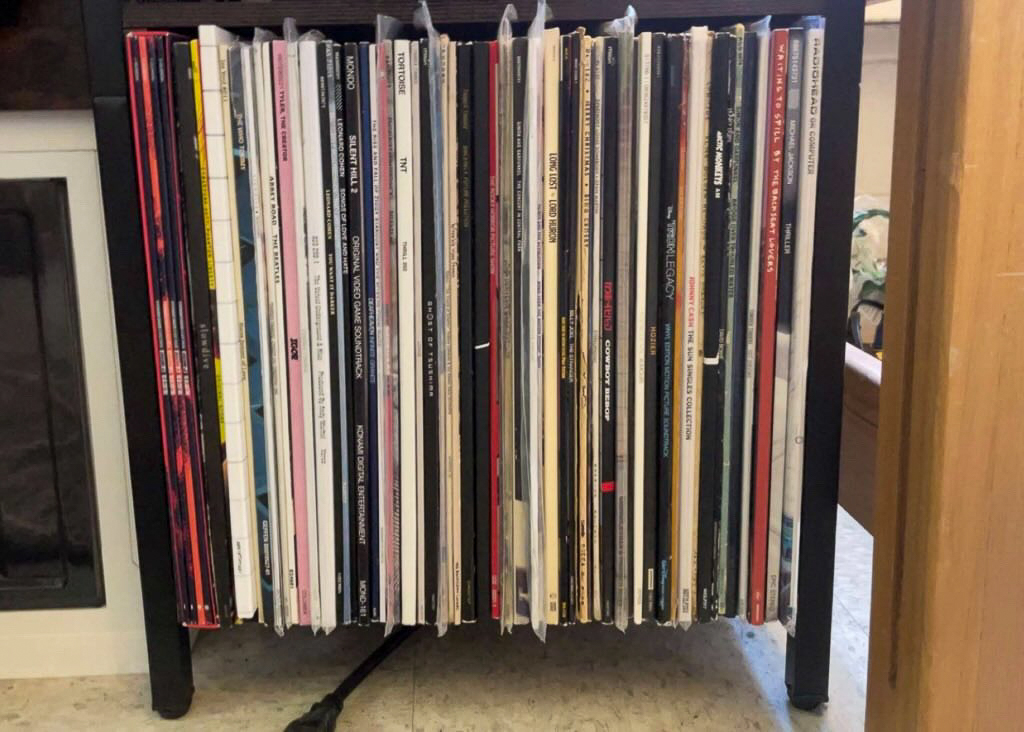























!["Working with [Dr. Lynch] is always a learning experience for me. She is a treasure,” said Thomas. - Staff Writer / Kacie Scibilia](https://thewhitonline.com/wp-content/uploads/2025/04/choir-1-1200x694.jpg)















